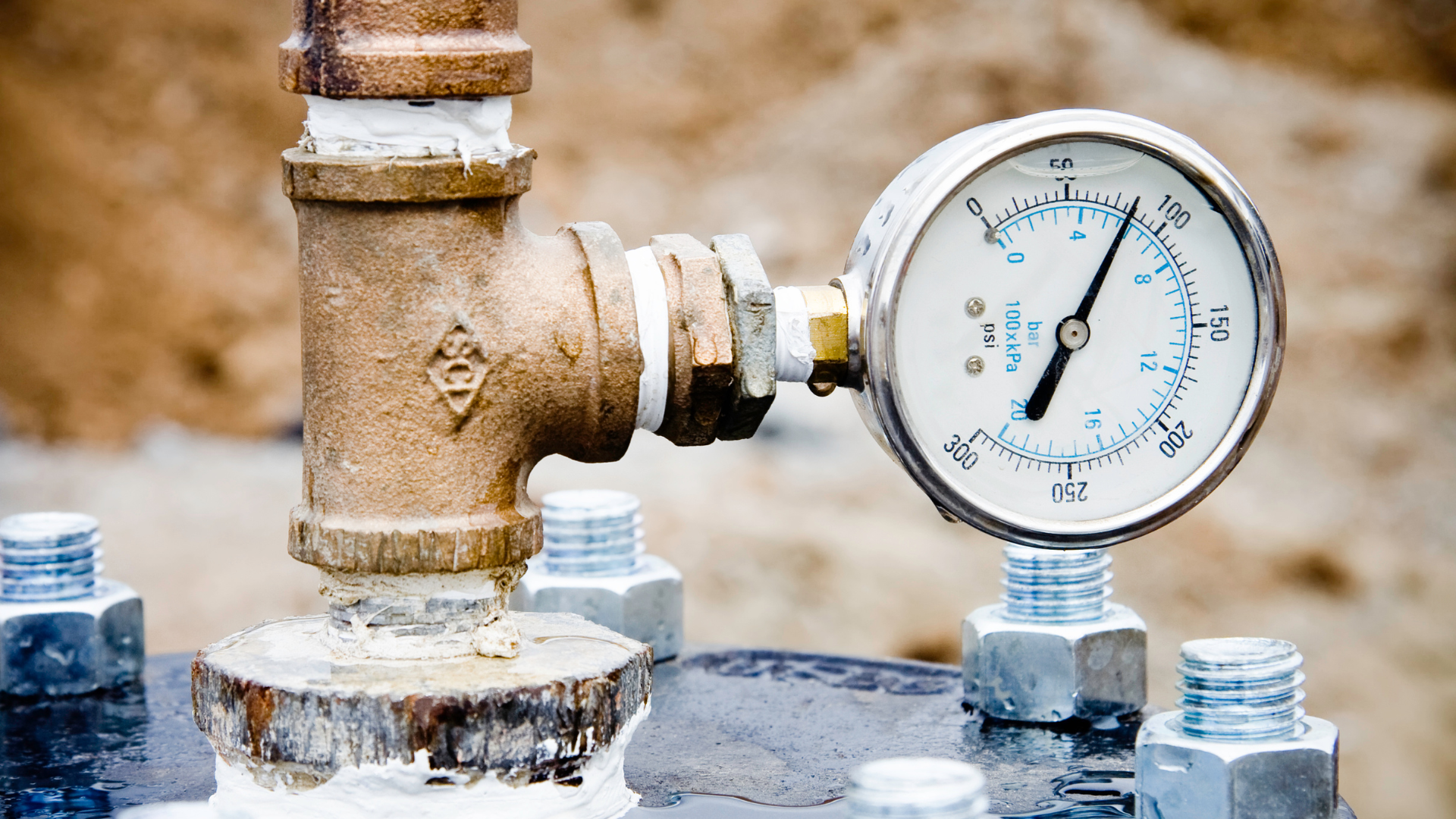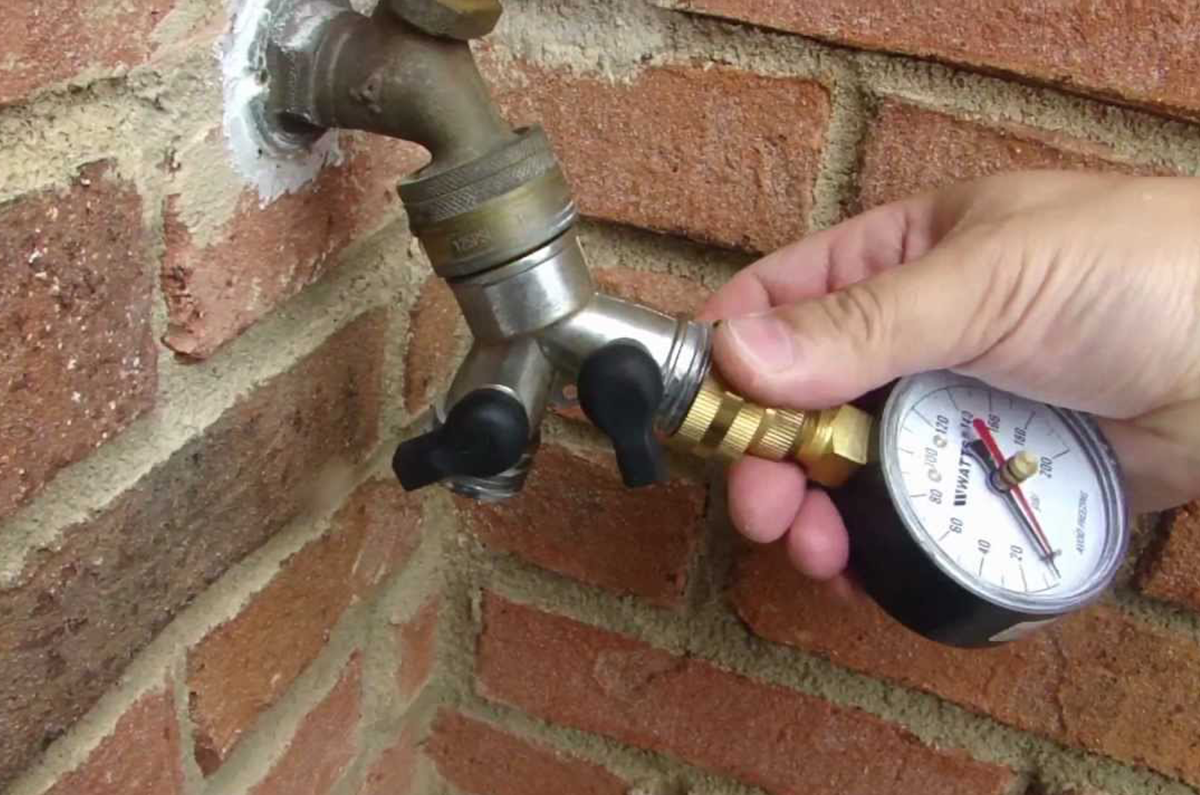We've found this great article involving 9 Reasons for Low Water Pressure in Your House down the page on the internet and decided it made perfect sense to quickly share it with you over here.

Low tide pressure in your house can be an irritating problem, impacting every little thing from showering to washing meals. If you're experiencing weak water flow, there are a number of possible reasons and remedies to check out. In this guide, we'll talk about common factors for low water stress and useful actions to attend to the issue efficiently.
Intro to Low Tide Pressure
Low tide stress occurs when the flow of water from your taps, showers, and various other fixtures is weaker than common. This can make daily jobs much more tough and much less efficient. Recognizing the reasons for low tide pressure is crucial to discovering the appropriate solution.
Common Reasons For Low Water Stress
Pipe Obstructions
Gradually, pipes can end up being clogged with mineral deposits, debris, or debris, limiting the flow of water. This is a common concern in older homes with galvanized steel pipelines.
Rust
Corrosion within pipelines can result in leakages and decreased water stress. Rust accumulation can constrict water circulation, especially in aging plumbing systems.
Faulty Stress Regulatory Authorities
Pressure regulatory authorities are in charge of keeping regular water stress in your house. If they malfunction, it can result in low tide stress or irregular circulation throughout your house.
Community Water System Issues
Occasionally, the issue exists outside your home. Metropolitan supply of water issues, such as main line leaks or upkeep job, can momentarily lower water stress in your area.
How to Diagnose Low Tide Stress
Checking Taps and Fixtures
Begin by evaluating the water pressure at various taps and components throughout your home. If the concern is isolated to certain areas, it might suggest local troubles.
Examining Pipes
Inspect noticeable pipelines for signs of leakages, corrosion, or clogs. Pay attention to any kind of unusual noises, such as knocking or rattling pipes, which could suggest concerns within the plumbing system.
Consulting with a Plumber
If you're not able to pinpoint the reason for low water stress, think about hiring an expert plumber to perform a thorough inspection. They can recognize underlying issues and advise proper services.
Do It Yourself Solutions to Repair Low Water Stress
Cleansing Aerators and Showerheads
Mineral deposits can gather in aerators and showerheads, lowering water flow. Eliminate and clean these parts frequently to boost water pressure.
Flushing Hot Water Heater
Sediment buildup in the water heater can restrict flow and lower efficiency. Flushing the storage tank regularly assists eliminate sediment and keep optimal efficiency.
Examining Pressure Regulatory Authority
Make certain that the stress regulatory authority is operating properly. Adjusting or replacing the regulatory authority can help bring back appropriate water pressure throughout your home.
Clearing Up Clogs in Piping
For minor blockages, try making use of a plumbing serpent or chemical drainpipe cleaner to clear obstructions in pipelines. Beware when utilizing chemicals and adhere to safety and security guidelines.
When to Call a Professional Plumber
If DIY efforts fall short to deal with the problem or if you suspect considerable plumbing problems, it's best to seek help from an accredited plumber. They have the experience and devices to address intricate concerns securely and efficiently.
Preventive Measures to Keep Water Stress
Routine Maintenance
Schedule routine maintenance for your plumbing system to avoid problems such as rust, leaks, and obstructions. Addressing small issues early can assist stay clear of more significant repairs in the future.
Setting Up a Stress Booster
Consider mounting a stress booster pump to enhance water pressure in areas with regularly low flow. This can be particularly helpful for multi-story homes or buildings with high-demand components.
Surveillance Water Usage
Bear in mind water use routines and stay clear of ill-using the plumbing system. Basic modifications, such as astonishing showers and laundry lots, can aid preserve sufficient water pressure.
Verdict
Managing low water pressure can be aggravating, yet identifying the underlying reasons and executing proper remedies can recover optimal flow throughout your home. Whether it's cleaning up aerators, examining pipes, or consulting with a plumber, taking aggressive actions can ensure a consistent supply of water for your day-to-day requirements.
How to Fix Low Water Pressure
Have you noticed the water pressure in your shower or taps seem a little weak? If so, the water pressure in your home may be lower than it should be.
Low water pressure can affect many areas of your home. You might notice it taking longer to fill the bathtub or washing machine or that you’re not getting the pressure you need from your garden hose.
These pressure changes can be sudden or may happen over time. It may take a little investigating to find the cause, but there’s usually an easy solution.
Testing Water Pressure in Your Home
One easy way to check water pressure at home is with a water pressure gauge. You can find one online or at a hardware or home improvement store.
Before you check the pressure, make sure the taps and appliances that use water are turned off. Then, connect the gauge to the exterior hose bib or tap.
Turn the tap up all the way and read the gauge to see the water pressure. If you don’t have an exterior tap, you can disconnect the hose of your washing machine and connect the water pressure gauge to it.
Make sure all your water-using appliances are turned off. Turn the faucet on high to read your home’s pressure or PSI.
If the idea of checking water pressure or dealing with plumbing issues on your own seems a bit daunting, you can call a professional plumbing service to handle the job.
They can help you find the root of your water pressure issues and determine the best solution to the problem.
Clear the Clogs
A clogged pipe is one of the most common issues that leads to low or no water pressure. Pipes can become clogged due to a buildup of mineral deposits.
This is especially true if you have hard water where you live. Even a small clog can reduce the pressure of water running through the pipes.
Clogs usually build up over time. People notice when it affects their showers or the appliances that use water every day.
There are products and tools for clearing clogs on your own or you can call a plumber. They have the expertise and the right tools to locate clogs and determine whether it’s better to repair or replace the pipe.
Clean or Replace Corroded Pipes
Do you live in an older home where the plumbing is decades old? If so, your pipes are probably prone to corrosion. This is especially true if the pipes are galvanised steel.
This material is likely to corrode after 20 years of use. Brass pipes average 40 to 70 years before corroding, while copper pipes are good for 50 years or more.
If you installed extra plumbing fixtures after building or moving into your home, there’s a good chance you could have corroded pipes. The more plumbing fixtures in the home, the harder your pipes have to work, and the more likely they will corrode.
It’s important to address pipe corrosion. Failing to fix the problem can lead to cracked pipes, major leaks, and water damage in your home.
Swapping out old plumbing pipes reduces the risk of corrosives. Updated plumbing produces cleaner and better-tasting water, too.
Seal the Leaks
Another cause of low water pressure could be a leak in the pipes or in the water line. Small cracks or holes leak water into unintended areas before the water can reach the various taps in your home.
If your basement or foundation has flooded, it’s a strong sign of leaking pipes. You can look for leaks by turning off the taps for a couple of hours. Then, check the water metre reading.
An increase may indicate a leak. To see or access the plumbing, check for wet spots or pooling water. If you find a leaking pipe, there could be more.
You may not be able to reach these spots on your own, so it’s a good idea to enlist the help of a professional plumber at this point. They can check all your pipes for leaks and repair or replace damaged ones to restore adequate water pressure.
It’s important to address water leaks right away. Standing water can lead to mould or mildew growing in your home.
Replace the Pressure Regulator
Do you have a pressure regulator in your house? It’s a valve that helps keep the water pressure entering your home at safe levels. A functioning regulator keeps the pressure constant and flowing at around 50 PSI.
High water pressure may damage your plumbing and lead to excess stress on your appliances that use water. When a pressure regulator fails, it can lead to an increase or decrease in pressure.
Sediment or debris in the value can cause a blockage. You can check the pressure regulator by attaching the pressure gauge to an outdoor spigot. If the pressure reads lower than the valve reported, the regulator may be faulty.
A plumbing expert can assess whether the pressure regulator is working for your home. It’s important to replace a failed regulator.
Instal a Booster Pump
Sometimes you may look everywhere to discover the cause of low water pressure but not find an answer. Talk to your neighbours to see if they’re having similar issues.
If other homeowners near you are experiencing water pressure problems, installing a booster pump may be a good solution. It can increase water pressure to the main supply line that runs to your home’s system.
An experienced pro in UK plumbing issues can help you install a booster and restore the water pressure to your house.
How to Fix Low Water Pressure
If you notice the water pressure in your home is less than what it should be, there are a variety of possible problems and solutions. If you’re not a plumbing expert or don’t have the time to spare for DIY plumbing issues, call the pros instead.
At PM247, we know how to improve low water pressure in your home. Simply tell us the plumbing issue you’re having and we will take it from there.
For over 20 years, we’ve provided professional plumbing, drainage, roofing, heating, and electrical services to our customers. We would love to help you, too!
https://www.pm247.co.uk/blog/how-improve-low-water-pressure/

I came across that blog post about when doing a search on the internet. Loved our blog posting? Please quickly share it. Let others check it out. Thanks for being here. Please check our site back soon.
Call
Comments on “Swift Steps for Limited Water Pressure in Your Home”